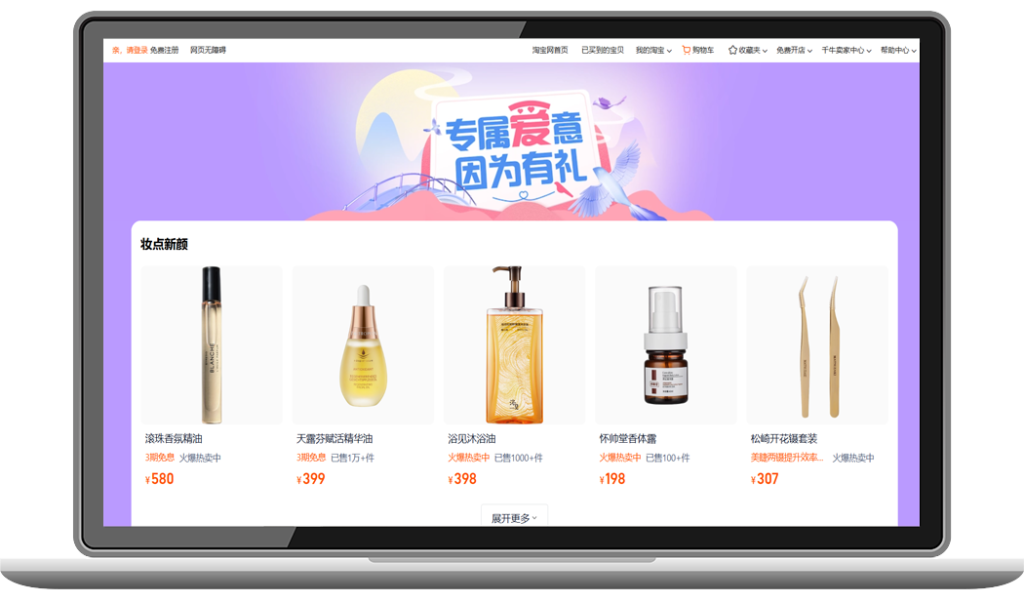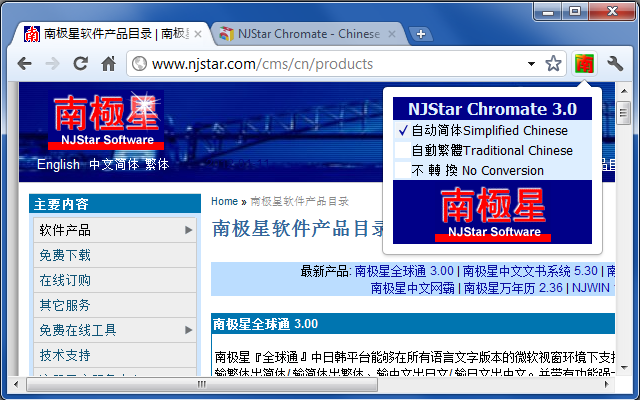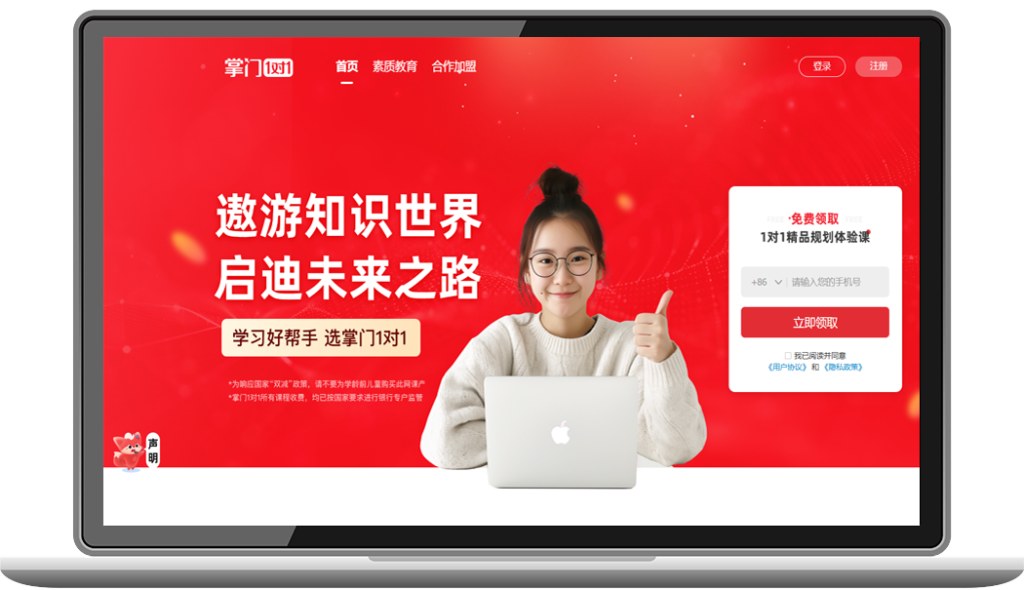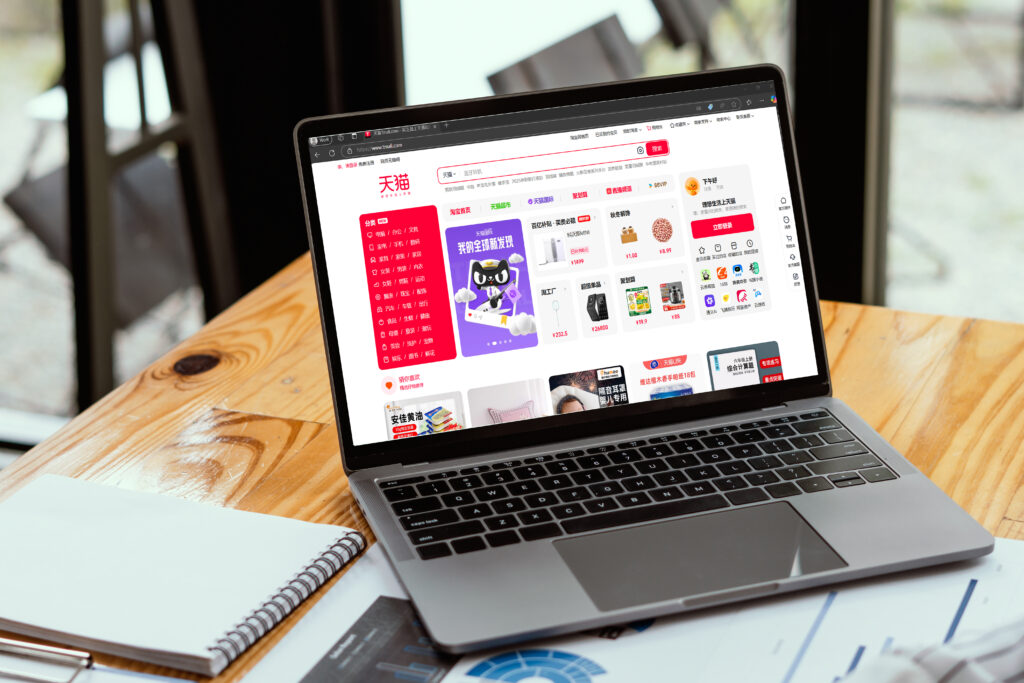Table of Contents
Entering the Chinese digital market calls for a tailored approach because of its distinct online landscape and strict regulations. Localizing your website involves more than just translating content. It also means adjusting to local digital habits to enhance user experience and meet regulatory requirements. Managed effectively by a specialized web agency in China, this process addresses both the technical and cultural aspects critical for success.
This article explores the essential strategies implemented by successful digital and ecommerce agencies in China to enhance market penetration and consumer engagement.
Importance of Website Localization in China
Localizing your website for the Chinese market, a specialty of proficient ecommerce agencies in China, goes beyond simple translation. It is crucial for navigating regulatory requirements and aligning with consumer expectations. Effective localization ensures that your website is accessible, culturally relevant, and compliant with local laws, significantly enhancing your business’s presence and success in ecommerce China. This approach is important for any ecommerce China is targeting, improving both visibility and operational efficiency.
Great Firewall and Censorship
The Great Firewall of China enforces strict internet regulations that can block or slow down unlocalized websites. This digital barrier impacts how content is delivered and can prevent access to many international websites.
Localizing your website ensures that it complies with Chinese laws and censorship norms, thus improving visibility and accessibility for users within China. It also prevents your site from being blacklisted or experiencing slow loading times, which can deter potential customers.
Consumer Preferences
Chinese consumers have different expectations when it comes to the usability and content of websites. A website that acknowledges and respects these preferences through localization, as typically managed by a branding agency in China, will likely be more successful.
For example, websites in China often use more direct and detailed product descriptions and prefer a design that is rich in information yet easy to navigate. Localizing your website to align with these traits can significantly enhance user engagement and trust. This leads to better conversion rates and customer retention.

Key Strategies for Website Localization
Domain Name and Local Hosting
Establishing a local presence starts with securing a relevant domain and choosing a hosting provider within China. This foundational step not only boosts SEO but also enhances user trust and site performance.
- .CN Domain Registration: Registering a .CN domain not only reinforces the legitimacy of your business in China but also boosts your SEO efforts on local China search engine platforms. It signals to consumers and China search engines that your business is officially recognized and established within China.
- Choosing a Local Hosting Provider: Hosting your site locally can radically improve site speed and reliability for users in China. Local hosting providers are also more familiar with China’s regulatory environment. This ensures that your site remains compliant with local data privacy and storage laws.
Cultural and Linguistic Adaptation
Effective localization involves adjusting your content and design to fit local cultural and language standards. This ensures that your website resonates with Chinese consumers on a deeper level, an area where an experienced branding agency China can provide invaluable insights.
- Language Choices: The choice between Simplified and Traditional Chinese should be guided by your target demographic. Simplified Chinese is used in mainland China, while Traditional Chinese is prevalent in Hong Kong and Taiwan. Knowing these distinctions is essential for effective communication and engagement.

- Cultural Nuances: Localizing content includes adapting your marketing messages to fit cultural contexts and values. This might involve modifying images, color schemes, and promotional messages to resonate more deeply with local consumers.
Navigating Regulatory Requirements
China’s strict internet regulations require a thorough understanding and compliance with local laws. Obtaining an ICP license and meeting PSB filing requirements are essential for legally operating your business.
- ICP License Acquisition: An Internet Content Provider (ICP) license is mandatory for hosting a website in China. This license is a part of China’s regulatory framework to control internet content and ensure that it complies with national standards.
- PSB Filing for Sector-Specific Regulations: Certain sectors such as news, entertainment, and online gaming require a Public Security Bureau (PSB) filing in addition to the standard ICP license. This involves providing detailed information about your website’s operations and content, which ensures transparency and compliance with specific industry regulations.
Optimizing for Chinese Search Engines
Tailoring your SEO strategy to fit the algorithms of Chinese search engines like Baidu China can significantly improve your site’s visibility. This involves detailed keyword research, meta tag optimization, and adapting content strategies specifically for the local search landscape.
- SEO Adaptations for Baidu: Unlike Google, Baidu China favors websites that heavily utilize keywords and meta tags and are hosted within China. Optimizing your website’s content for Baidu’s specific algorithms can significantly increase your visibility in the ecommerce China market.
- Content Localization: Ensure that all content, including meta descriptions, headers, and tags, is fully translated into Chinese and optimized for keywords that are trending within your industry in China.
Mobile-First Design
With the predominance of mobile internet usage in China, adopting a mobile-first design is essential. This approach caters to the majority of users and ensures an optimal browsing experience across various mobile devices.
- Responsive Design: Given the high penetration of mobile internet usage in China, having a mobile-responsive website is crucial. This ensures that your website adapts to various screen sizes and devices, offering an optimal viewing experience.
- Mobile Optimization: Implement features that cater to mobile users, such as touch-friendly interfaces, faster load times, and mobile-specific functionalities like in-app payments or mobile-optimized checkout processes.
Social Media Integration
Social media platforms are crucial for digital marketing in China. Properly using platforms like WeChat and Douyin can greatly increase traffic and engagement, making them valuable for marketing and direct sales.
- Platform-Specific Integrations: With platforms like Facebook and Twitter blocked in China, integrating with local social networks such as WeChat and Weibo is essential. These platforms offer unique marketing opportunities like direct purchases through social media and access to a vast network of users.
- Engagement Strategies: Utilize QR codes and social sharing buttons specific to these platforms to increase engagement and drive traffic from social media to your website.
APIs and Technical Adjustments
The technical backbone of your website must be compatible with China’s internet infrastructure. Adapting APIs and replacing restricted services with local alternatives are critical steps to ensure seamless functionality and user satisfaction.
- Replacing Restricted Services: Many common Western services, such as Google Maps, are blocked in China. Utilizing local services like Baidu Maps instead can enhance functionality and user experience.

- Local API Integration: Integrating APIs that are permitted and optimized for the Chinese internet infrastructure can improve the performance and reliability of your website’s features.
Design and User Interface Considerations
Designing a website for the Chinese ecommerce market involves focusing on both the look and usability of the site. Here’s a closer look at how to adjust your website’s design and user interface to meet the preferences of Chinese consumers:
High Information Density
Unlike Western websites, which often favor minimalism, Chinese websites are known for their high-density layouts. This stems from the character-based nature of the China search engine, which conveys more information in less space. Design your pages to include plenty of text and links, offering comprehensive information without necessitating multiple clicks. However, it’s essential to balance this with clear navigation to avoid overwhelming users.
Visual Preferences
The visual design of your website should reflect branding China preferences and norms. Bright colors like red and gold are popular as they symbolize good fortune and happiness. Avoid using dark and dull colors which might not be as appealing. Incorporating vibrant, animated elements and flashy banners can also be more attractive to Chinese ecommerce users, as these features are commonly seen in local digital content.

User Experience (UX)
Adaptations: Tailor the UX to suit the browsing behaviors prevalent in ecommerce China. Chinese ecommerce users often prefer interactive elements and quick access to information. Features like pop-up windows for promotions and live chat options can enhance engagement. Additionally, ensure that the website navigation is intuitive for a user who might be more accustomed to Chinese internet norms, which can include more direct links and less reliance on search functionality within the site.
Adapting to Local Devices
The vast majority of Chinese internet users access the web via mobile devices. Ensure that your website is not just mobile-friendly but optimized for various screen sizes and mobile operating systems used in China. This includes faster load times, adaptable layouts, and touch-friendly interfaces.
Integration of Visual and Textual Cues
Given the importance of context and nuance in Chinese ecommerce, combine visual storytelling with clear textual information. This approach helps in bridging any gaps that might arise from cultural and linguistic differences, ensuring that the message is both engaging and clear.
Cultural Symbols and Imagery
Utilize local symbols, icons, and imagery that resonate with Chinese cultural values and aesthetics. For instance, using images that depict local landmarks, cultural events, or national celebrations can create a sense of familiarity and trust. It’s also crucial to ensure that all visual content is culturally appropriate and sensitive to local norms and tastes.
Conclusion
Effectively localizing your website for the Chinese market is crucial for capturing and engaging this vast audience. By integrating cultural, technical, and regulatory best practices into your localization strategy, you can enhance your site’s visibility, user experience, and compliance within China. This approach not only aligns with local expectations but also positions your business for success in one of the world’s most dynamic digital landscapes.

